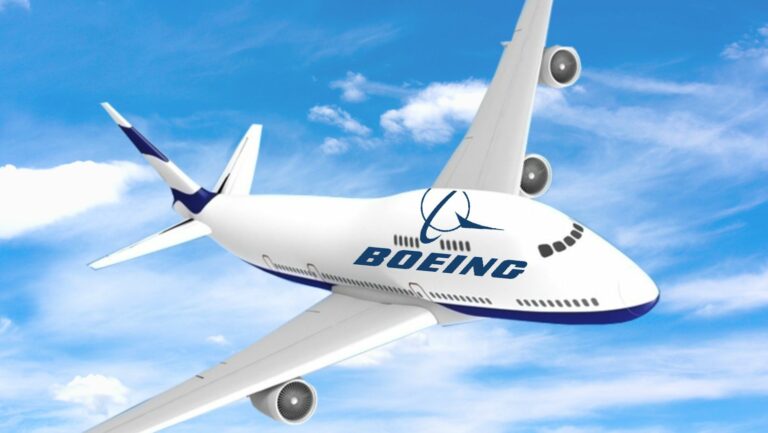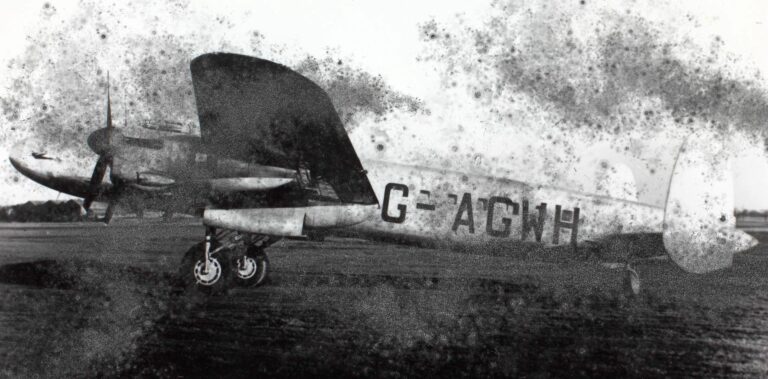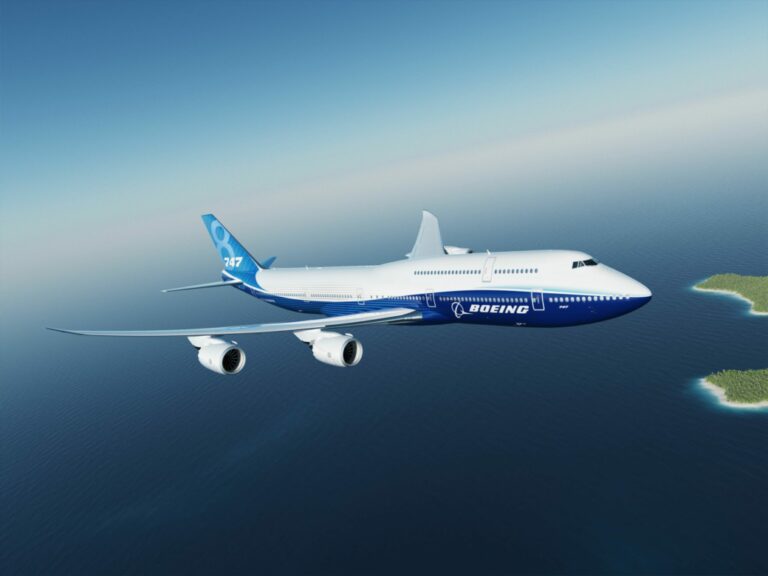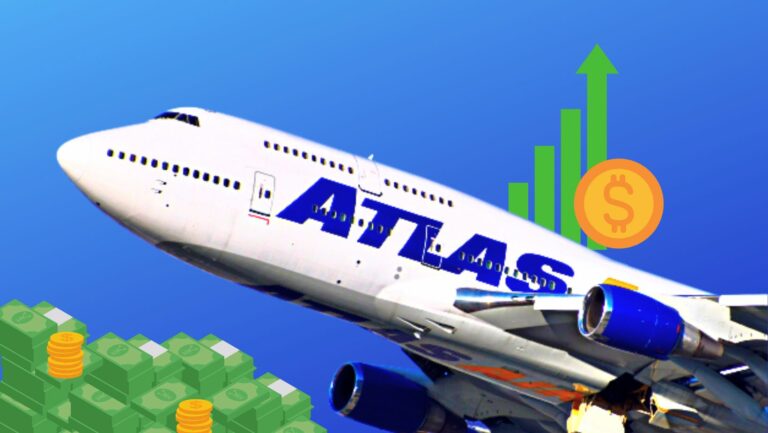How Many Airplanes Does Boeing Make a Year? A Comprehensive Look at Boeing’s Annual Production
Boeing is one of the largest aircraft manufacturers in the world, producing a wide range of commercial and military planes. One of the most common questions people have about the company is how many airplanes it produces each year. The answer to this question is not straightforward, as Boeing’s annual production rate of airplanes can vary depending on a number of factors.
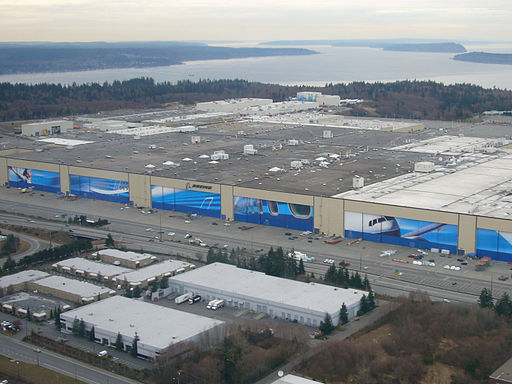
Boeing’s annual production overview provides some insight into the company’s production rates. In 2022, the company achieved a significant increase in airplane deliveries, reaching a total of 480, a notable rise from the 340 aircraft delivered in 2021. These numbers provide a snapshot of the company’s production rates, but they can be influenced by a variety of factors.
Key Takeaways
- Boeing produces a range of commercial and military planes each year.
- Boeing’s annual production rates can vary depending on a number of factors.
- In 2022, the company delivered 480 commercial jets.
Boeing’s Annual Production Overview

As one of the largest aerospace companies in the world, Boeing has a significant impact on the global aviation industry. Every year, they produce a wide range of commercial and military aircraft, as well as space vehicles, satellites, and other advanced technologies.
In terms of commercial aircraft, their annual production rates vary depending on market demand and other factors. According to Boeing, in 2022, they delivered a total of 480 commercial aircraft worldwide, including 387 Boeing 737 models, 93 widebodies, and 44 new production freighters. However, they expect to ramp up production in the coming years as the aviation industry continues to recover from the COVID-19 pandemic.
In 2023, Boeing aims to boost 787 production from 4 to 5 planes each month. The current monthly production rates are as follows:
- Boeing 737- 31/mo;
- Boeing 767- 3/mo;
- Boeing 777 and 777X- 3/mo;
- Boeing 787- 4/mo.
Boeing currently has several production lines in operation, including facilities in Washington, South Carolina, and other locations around the world. Their production processes are highly advanced, utilizing the latest technologies and manufacturing techniques to ensure the highest levels of quality and efficiency.
In addition to commercial aircraft, they also produce a wide range of military aircraft and other defense-related products. This includes fighter jets, transport planes, and unmanned aerial vehicles (UAVs), among other things. Their military production rates also vary depending on market demand and other factors.
Overall, Boeing’s annual production rates are a reflection of their commitment to innovation, quality, and customer satisfaction. The company is constantly striving to improve their processes and technologies to ensure that they remain at the forefront of the aerospace industry.
Factors Influencing Boeing’s Annual Production Rates

Market Demand
The demand for commercial aircraft is a significant factor that influences Boeing’s annual production rate. The company’s production rate is directly proportional to the demand for aircraft. When the market demand for aircraft is high, Boeing increases its production rate to meet the requirements. On the other hand, when the market demand is low, the company reduces its production rate to avoid overproduction and inventory buildup.
Manufacturing Capacity
Boeing’s production rate is also influenced by its manufacturing capacity. The company’s manufacturing facilities have a limited capacity, which determines the number of aircraft it can produce in a year. Boeing has been expanding its manufacturing facilities to increase its production capacity. For example, the company opened a new facility in Charleston, South Carolina, to increase its production rate of the 787 Dreamliner.
Supply Chain Dynamics
Boeing’s production rate is also influenced by its supply chain dynamics. The company relies on a global network of suppliers to provide the necessary components and parts for its aircraft. Any disruptions in the supply chain can affect Boeing’s production rate. For example, the grounding of the 737 MAX in 2019 disrupted the supply chain, causing a significant reduction in Boeing’s production rate for that specific year.
In conclusion, several factors influence Boeing’s production rate, including market demand, manufacturing capacity, and supply chain dynamics. Understanding these factors is crucial to predicting Boeing’s production rate and the future of the aviation industry.
Historical Production Trends
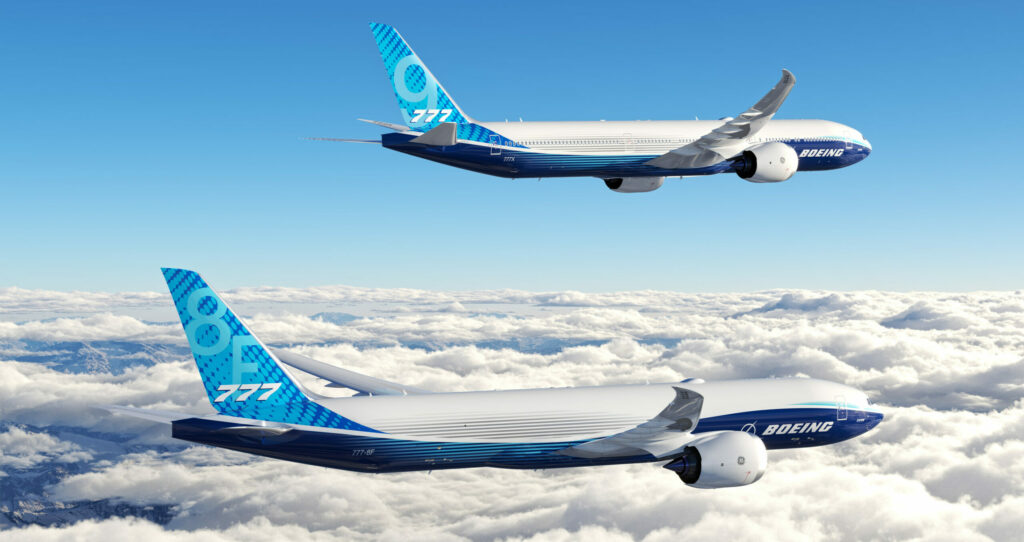
Throughout its history, Boeing has consistently ranked among the world’s largest airplane manufacturers. Each year, the company has produced a wide range of commercial airplanes, military aircraft, and space vehicles. In this section, we will look at the historical production trends of Boeing and how many airplanes the company has made each year.
Boeing delivered 480 aircraft in 2022, which is up from 340 in 2021. This increase in production is a positive sign for the company, as it shows that the demand for Boeing planes is on the rise.
However, it is worth noting that Boeing’s production took a hit in 2020 due to the COVID-19 pandemic. As reported by The Seattle Times, the company delivered just 157 jets in 2020, which is down from a record of 806 jets in 2018. This drop in production was mainly due to the decrease in demand for air travel caused by the pandemic.
Despite the setback in 2020, Boeing has been able to maintain a steady production rate over the years. According to the Boeing Commercial Market Outlook, the company forecasts that the demand for commercial airplanes will continue to grow in the coming years. As a result, Boeing plans to increase its production rate to meet the growing demand for its planes.
In conclusion, Boeing has been a major player in the airplane manufacturing industry for many years. While the company faced a setback in 2020, it has been able to maintain a steady production rate over the years. With the demand for air travel on the rise, Boeing is poised to increase its production rate to meet the growing demand for its planes.
Comparison with Industry Competitors

When it comes to the number of airplanes manufactured per year, Boeing has been a dominant player in the aviation industry for decades. However, it faces stiff competition from its European counterpart, Airbus.
According to ch-aviation, Airbus has maintained its lead in aircraft deliveries for the past four years, with a notable impact in 2019 due to the B737 MAX grounding. The challenges of Covid-19 affected both manufacturers equally in 2020. In the year 2022, Airbus delivered a total of 676 aircraft, while Boeing delivered 480. This narrows the gap, moving from a close tie in 2018 to Boeing trailing by approximately 29% in deliveries compared to Airbus in 2022. This represents a recovery from the 47% gap in 2021 and a significant 72% difference in 2020. The trend suggests a positive trajectory for Boeing.
While Boeing has been facing tough competition from Airbus, it is still one of the leading players in the aviation industry. However, it will need to continue to innovate and adapt to changing market conditions if it wants to maintain its dominance in the years to come.
Frequently Asked Questions
As of the latest fiscal year, Boeing’s production rate for the 737 aircraft is 31 per month. It is worth mentioning that the company is pushing to bring the 737 production system to a rate of 38 jets monthly before year-end, and to 50 monthly by 2025 or 2026
Apart from the 737 aircraft, Boeing is actively manufacturing other commercial airplane models such as the 767, 777 & 777X, and 787. Additionally, Boeing also manufactures military aircraft, including the F-15 and F/A-18 fighter jets, as well as the KC-46 tanker.
As of the latest fiscal year, Boeing’s order backlog was approximately 4,100 aircraft. This backlog represents the number of orders for aircraft that have not yet been delivered. The backlog is an important metric for Boeing’s financial health, as it provides visibility into the company’s future revenue streams.
Boeing’s best-selling commercial aircraft models are the 737, 747, 777, and 787. The 737 is by far the most popular, with over 11,000 orders to date. The 747 and 777 have also been very successful, with over 1,500 and 1,700 deliveries respectively. The 787, which was introduced in 2011, has already amassed over 1,800 orders (the best-selling widebody in history).


